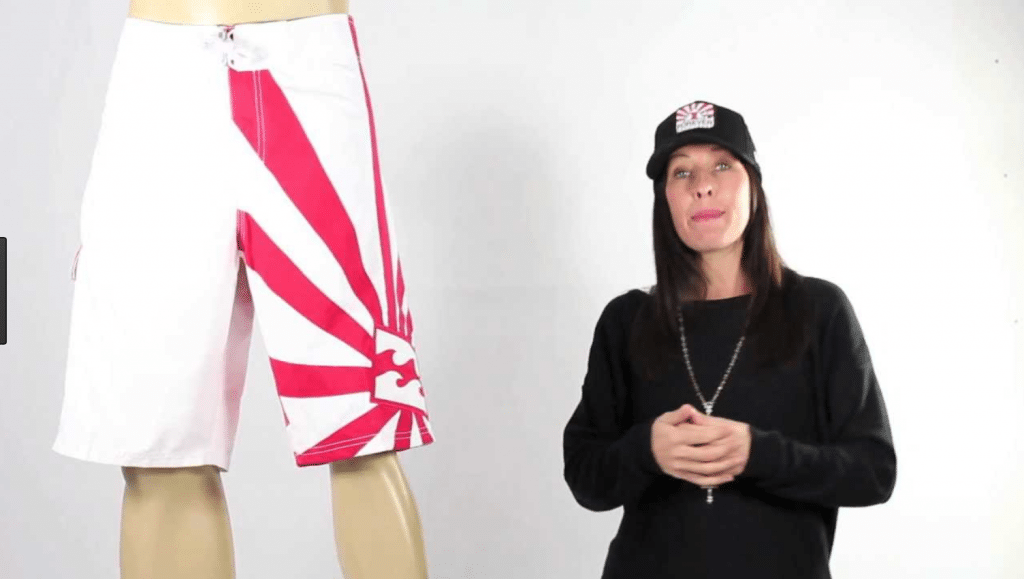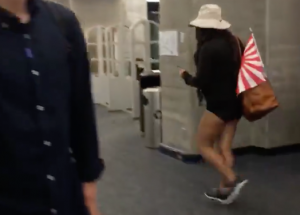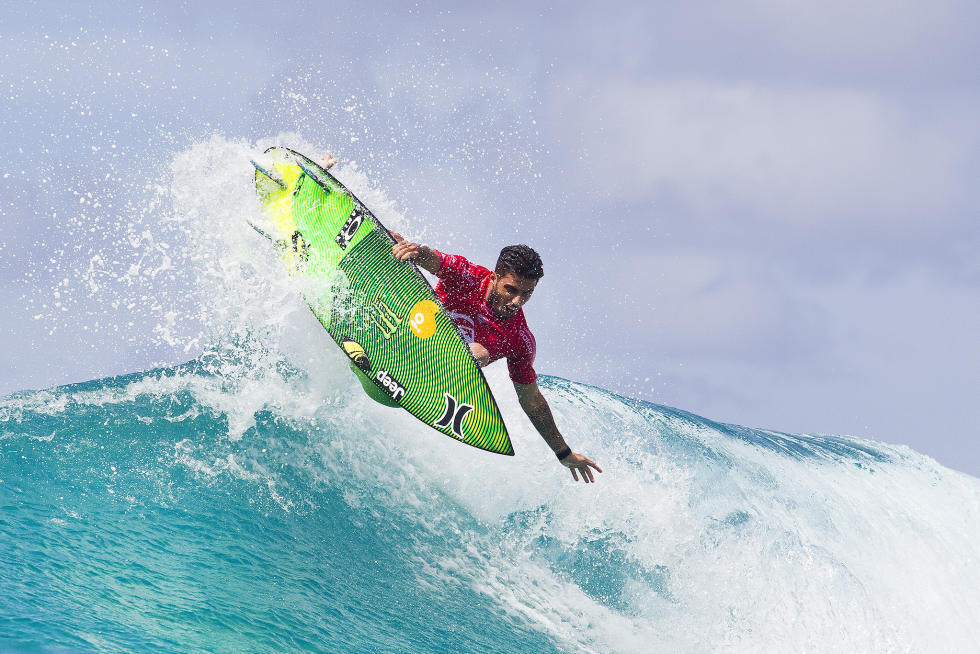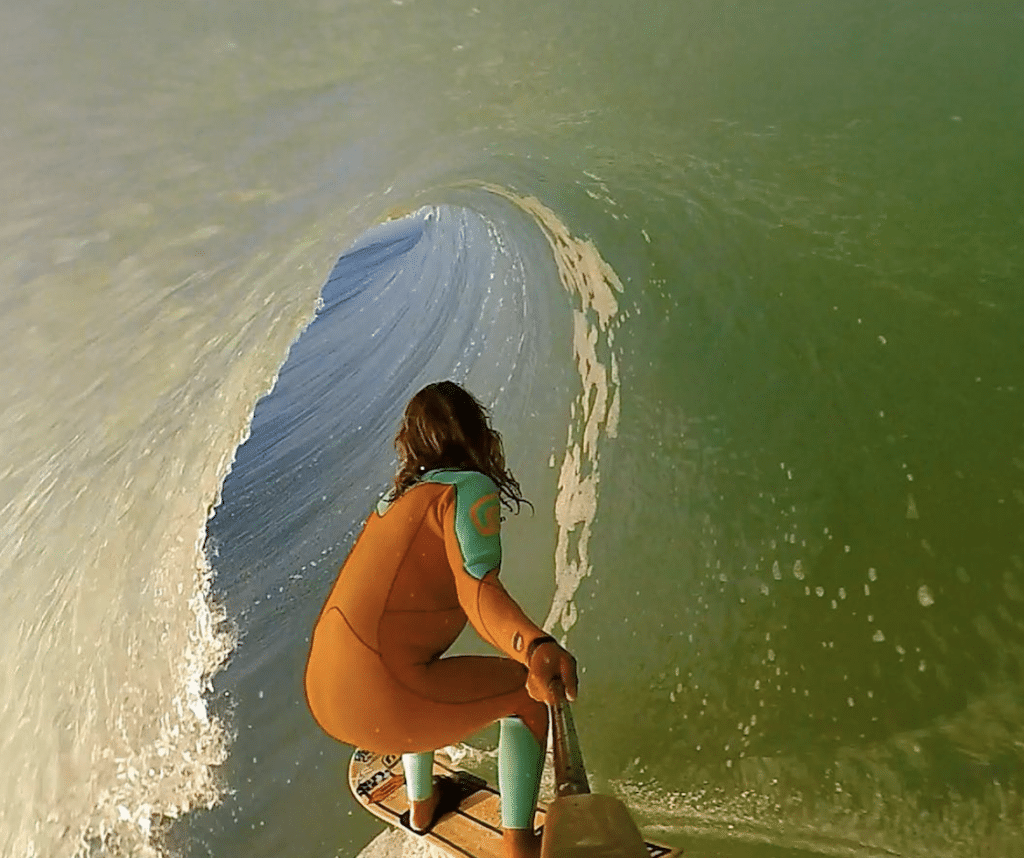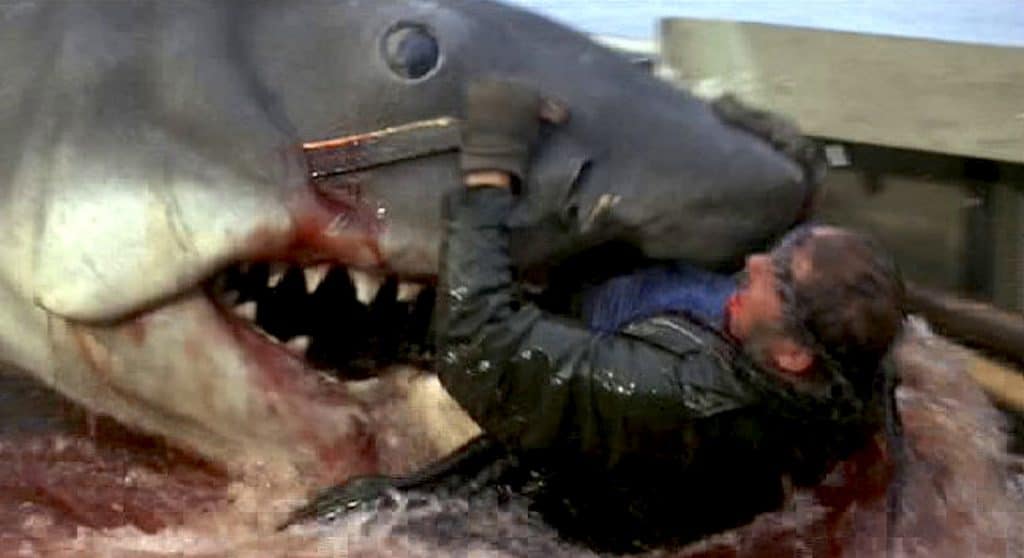On the bright side, it's not like Billabong's stock can drop much more
As you may or may not know, I graduated from the University of California San Diego with a degree in International Studies and Sociology. I can’t say I’ve used that quarter-million-dollar education to much success, but the investment has recently started to pay dividends.
What do I mean? Well, being a UCSD student grants certain access to otherwise impenetrable swaths of knowledge. No, I’m not talking bout professors, labs, or research databases. I’m talking about Facebook groups.
One such group is UCSD Free and For Sale 2.0, which is a subsidiary of the now deceased UCSD Free and For Sale (RIP). The group is exclusive to UCSD students and is used, primarily, to buy and sell calculators.
Every once in a while though, somebody breaks the code. They post something that is neither free nor for sale, but rather it holds such meaning to the individual that they feel compelled to share it with the entire UCSD populace.
Just recently, a young man posted a picture of an Asian woman with a flag hanging from her backpack. It was a white flag with a red circle and many rays of light sprouting from its center. Something like this:
And if you’re anything like me, your initial reaction is: Holy shit, that is one committed Andy Irons fan. She even went so far as to make a flag out of his signature “Rising Sun” Billabong boardshorts.
You know… the ones that all of the AI marketing is based around? The one from that iconic Pipeline bottom turn? The one from Brucey’s commemorative quiver!
But the man who posted the picture is apparently nothing like me. In fact, he had a completely different interpretation of this flag’s connotation – a very, very, negative one. He wrote:
The Japanese sun-rising-flag is the same thing known as the Nazi flag, which represents massive killings and catastrophe (like the rape of Nanking). She is insulting people form the countries who suffered from those unspeakable catastrophes. If we don’t stop her from showing this racist flag, even if it is as a symbol of pride as you say, how would the people think, even our next generation? That killing is right? Bringing disasters to the country is rightful?
Then later in the day, a new video of the woman emerged. There she stood, obviously disgruntled but still toting her Andy Irons flag, while being spoken to by a library cop (those exist!). Then, out of nowhere, she fled the scene.
According to the post, several students had informed the cop that the woman’s flag was offensive to their culture and asked him to speak with her. The woman wasn’t forced to leave, but it seemed as though she was unwelcome thanks to her flapping accessory.
This incident sparked a heated debate amongst UCSD students. Some of them, mainly the conservative “free-speechers” and Japanese-sympathizers, saw no problem with the woman’s so-called self-expression. Others, mainly the liberal “snowflakes” and Chinese-sympathizers, considered it akin to celebrating Nazi culture.
The debate rages on but some important questions remain:
– Did Andy Irons hate the Chinese?
– Is the Rising Sun issue truly comparable to Nazi Germany, or is such hyperbole simply the product of an exceedingly liberal campus and society?
– Does Billabong sell racist boardshorts? Like… even if we were to assume they’re racist in nature, does anyone buy them anyways?
I am wholly ignorant to recent Asian history so any insight on the matter would be appreciated!



